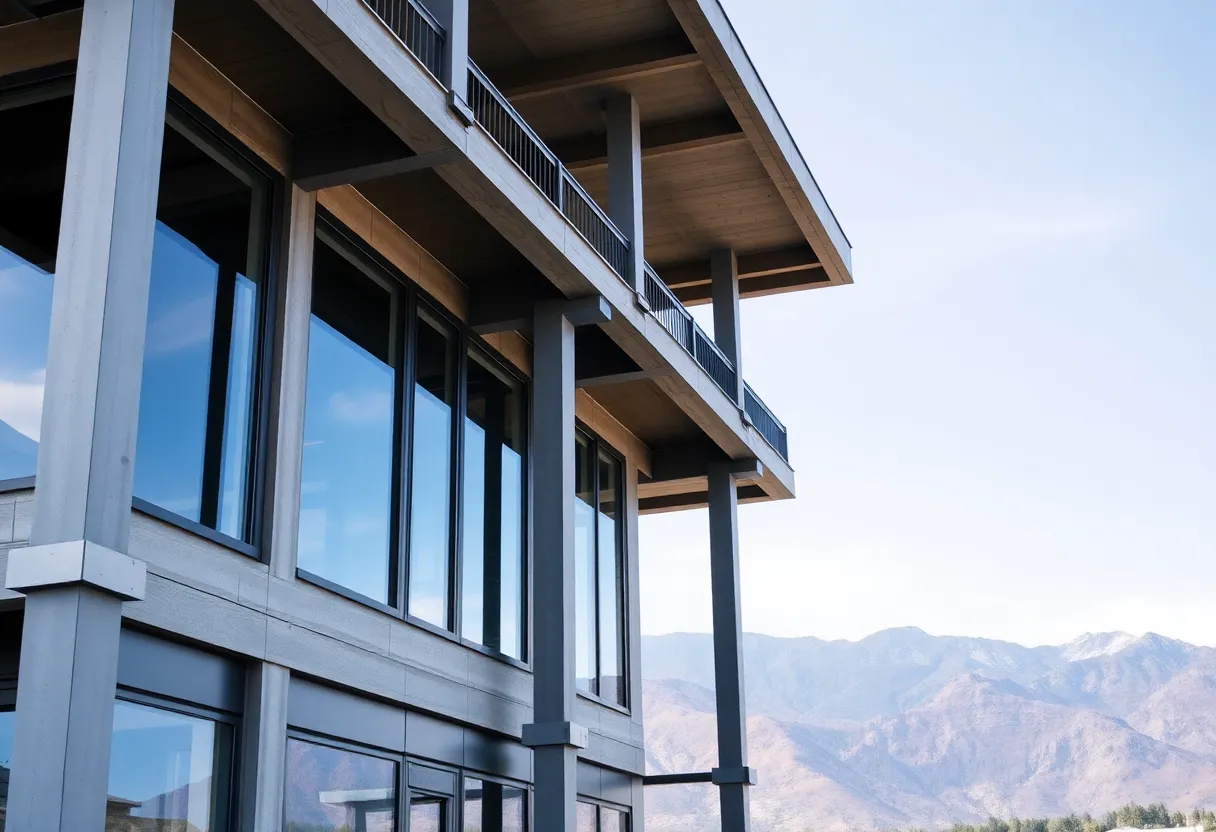The Role of Structural Connections in Earthquake-Prone Areas
Introduction
In earthquake-prone areas, enhancing the earthquake safety of structures is paramount. One vital aspect of this safety involves understanding the structural connections that form the backbone of construction design. These connections not only facilitate the integrity of the overall structure but also determine how well a building can withstand seismic activity. This article delves into the significance of structural connections and how they contribute to the resilience of constructions in earthquake-prone regions.
Understanding Structural Connections
Structural connections refer to the elements that link various structural components, such as beams, columns, and walls. These connections are essential for ensuring that loads—whether from gravity, wind, or seismic forces—are adequately transmitted through the structure.
Types of Structural Connections
There are several types of structural connections, each serving different functions:
- Rigid Connections: These connections maintain the angle between intersecting elements and help resist rotation, an important factor during an earthquake.
- Flexible Connections: Flexible connections allow a certain degree of movement, accommodating the forces exerted during seismic events.
- Bolted Connections: These connections are common in steel structures. Proper bolting techniques can enhance the ductility and overall performance during quakes.
The Importance of Structural Connections in Earthquake Safety
The adequacy of structural connections directly impacts the performance of buildings during earthquakes. A well-designed connection can absorb and dissipate seismic energy, preventing catastrophic failures.
Energy Dissipation
During an earthquake, structures undergo various forms of forces. Connections that are designed to dissipate energy can greatly enhance a building’s resilience. This capability reduces the overall strain on beams and columns, minimizing the risk of collapse.
Load Distribution
Another critical task of structural connections is load distribution. Properly designed connections ensure that loads are shared among various structural elements. In an earthquake, this shared load can prevent localized failures, allowing the building to maintain its structural integrity.
Case Study: DTFC Analysis
One effective methodology for assessing the performance of structural connections is through the use of Design for Temporary Force Connections (DTFC). The DTFC approach evaluates how connections can withstand temporary forces that might occur during an earthquake. This method emphasizes not only the immediate response of a structure but also its longer-term resilience.
Design Considerations for Structural Connections
When designing structural connections in earthquake-prone areas, several considerations are crucial for enhancing earthquake safety:
Material Selection
The choice of materials significantly affects the behavior of structural connections. For instance, ductile materials can perform better under seismic loading compared to brittle materials, which may fracture. Steel, in particular, is favored for its tensile strength and ability to deform without immediate failure.
Connection Detailing
Designers must pay particular attention to the detailing of connections. Simple connections may fail under complex loading conditions. Therefore, detailed designs that account for all potential stress points can mitigate risks considerably.
Seismic Design Codes
Adhering to established seismic design codes is critical. These codes provide guidelines on how structural connections should be designed to ensure buildings meet safety standards. Compliance with these codes not only enhances safety but also promotes reliability in the face of seismic threats.
Advancements in Connection Technology
Innovative technologies in the realm of structural connections continue to evolve. Among these advancements are:
Smart Connections
Smart connections that utilize sensors can provide real-time monitoring of structural integrity. These systems can alert building managers to potential issues, facilitating timely interventions.
High-Performance Materials
The introduction of high-performance materials such as fiber-reinforced polymers offers new opportunities in the design of structural connections. These materials can improve the overall durability and flexibility of connections, enhancing their response to seismic activities.
Design Software
Advanced design software can simulate the behavior of structural connections under various seismic scenarios. This capability allows engineers to refine designs proactively, improving the robustness of structures before construction begins.
Conclusion
The role of structural connections in earthquake-prone areas cannot be understated. They serve as critical components that tie together various structural elements, affecting the overall performance and safety during seismic events. By prioritizing connection design, materials, and adherence to established codes, engineers can enhance earthquake safety significantly. Incorporating advancements such as DTFC and smart technologies further reinforces the resiliency of structures, ultimately safeguarding lives and property in high-risk zones.






